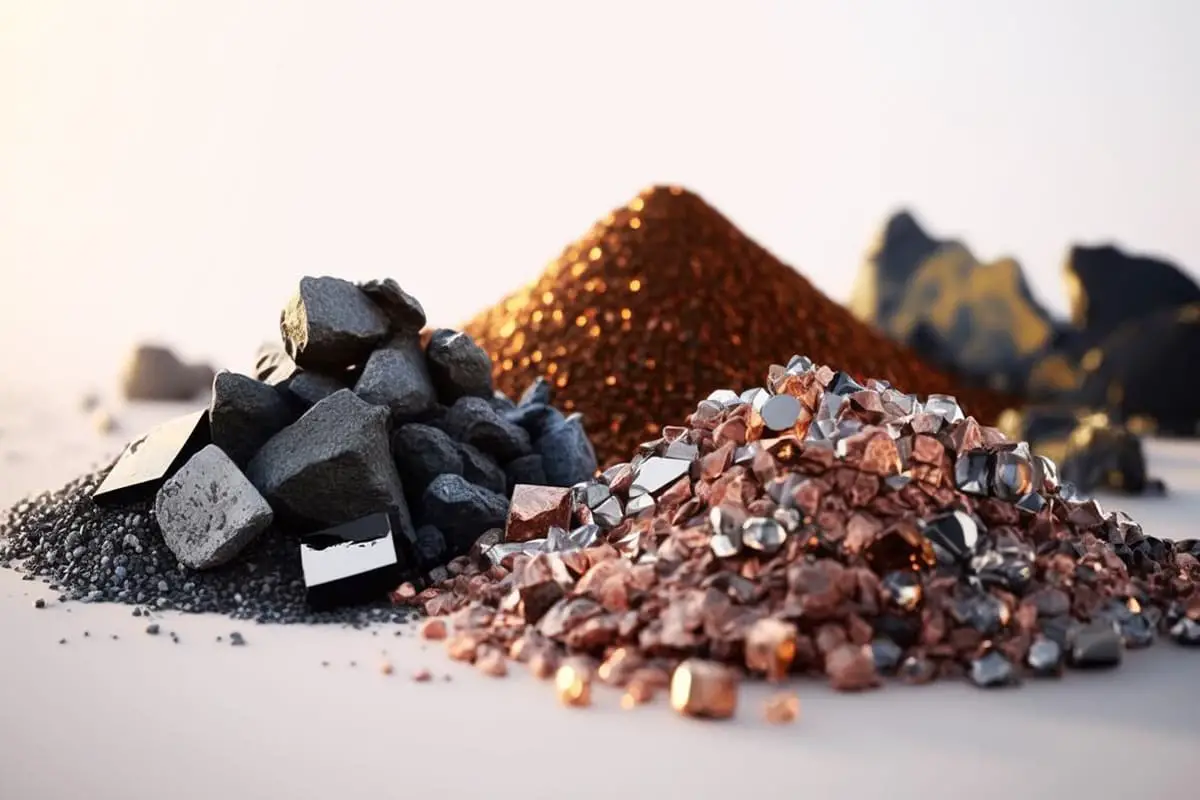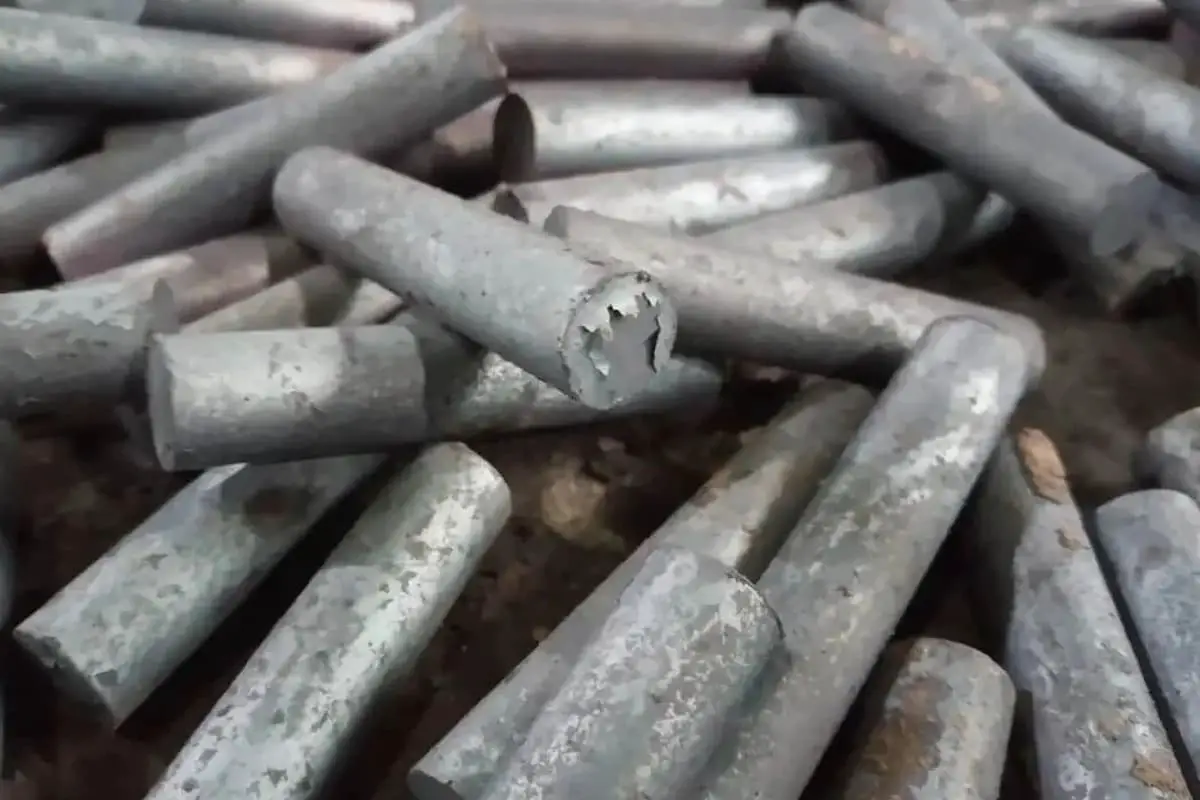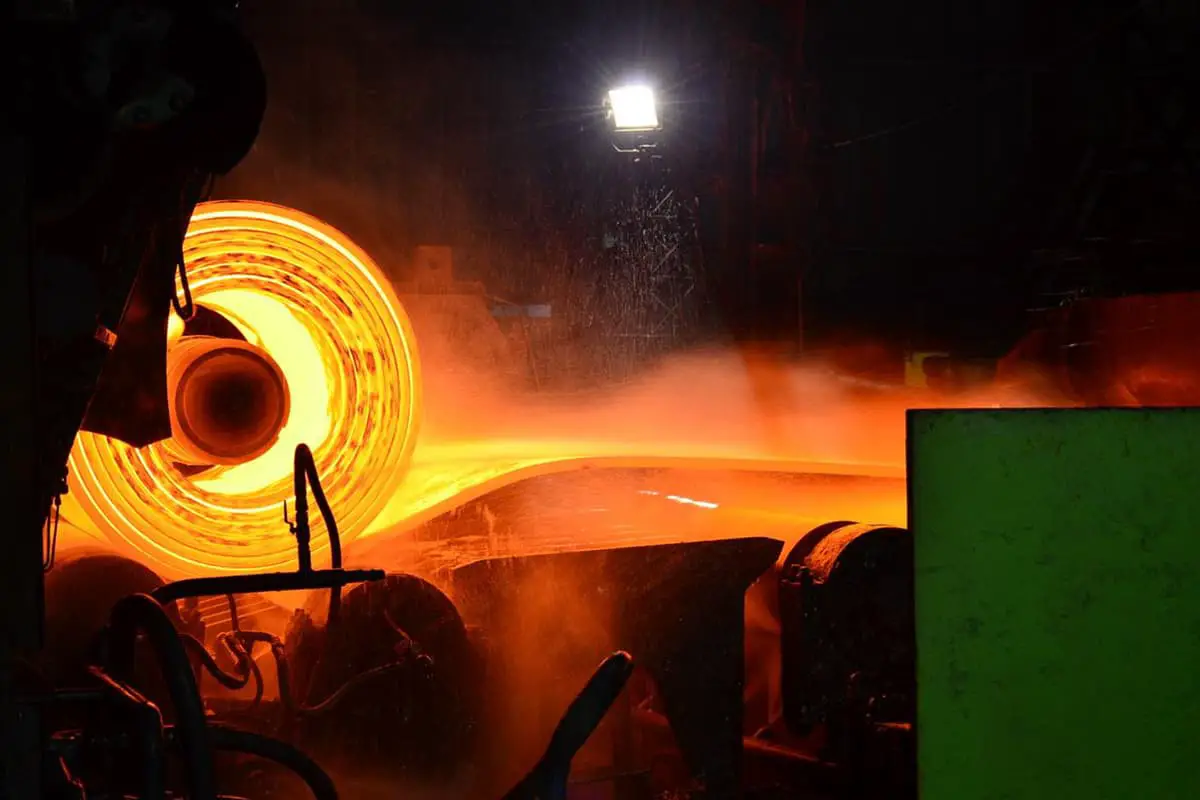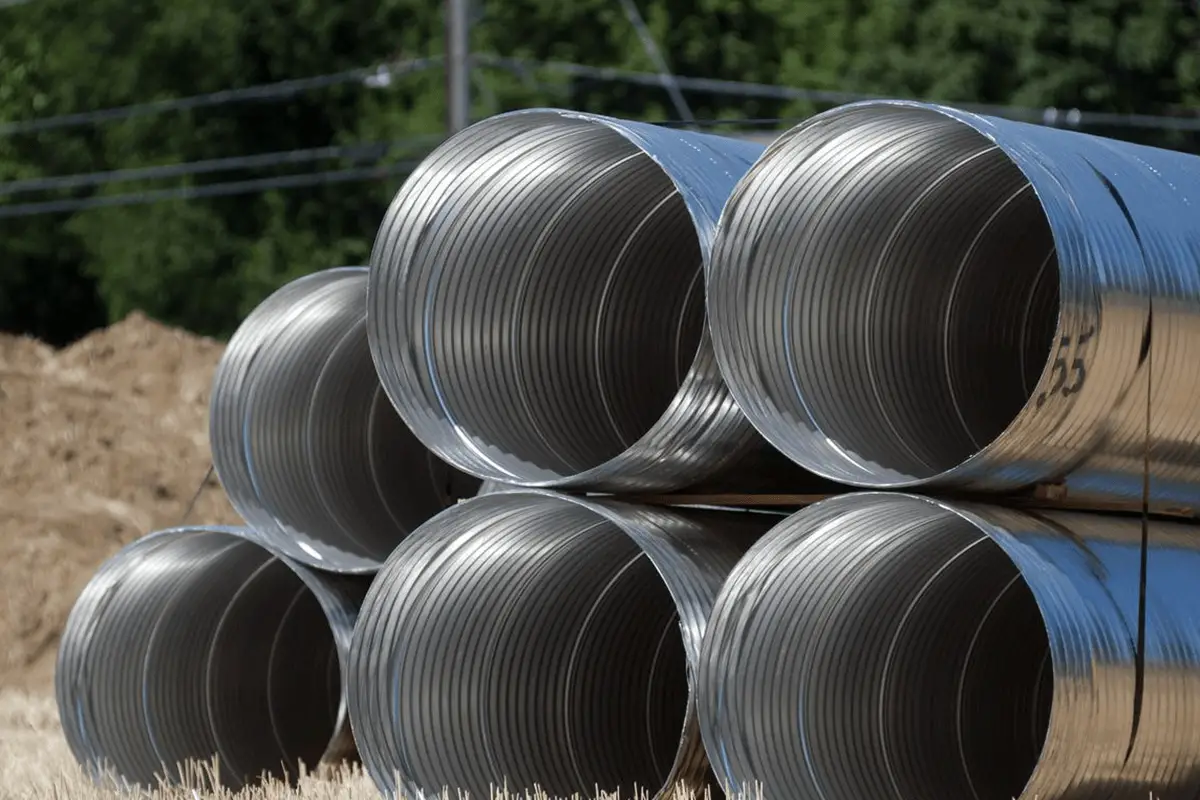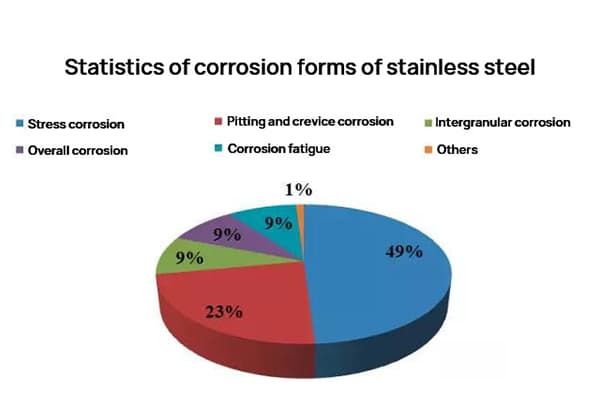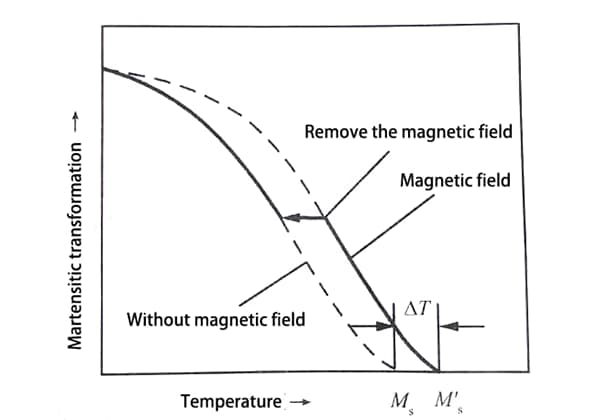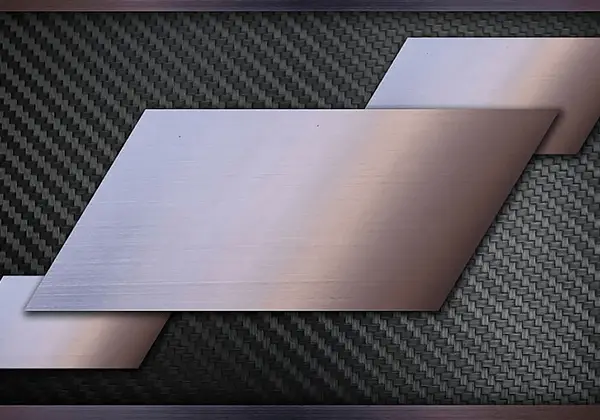
Have you ever wondered about the fascinating world of brass? This versatile alloy, made from copper and zinc, has a rich history and countless applications. In this blog post, we’ll dive into the different types of brass, their unique properties, and how they shape our everyday lives. From musical instruments to industrial components, brass plays a vital role in various fields. Get ready to uncover the secrets behind this remarkable material and expand your knowledge of metallurgy.
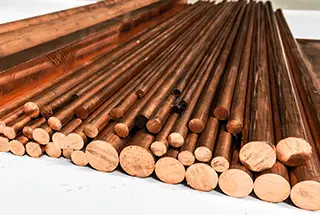
Brass is an alloy made of copper and zinc, commonly referred to as ordinary brass. If the alloy contains more than two elements, it is referred to as special brass.
Brass is known for its strong resistance to wear and is commonly used in the production of valves, water pipes, connecting pipes for air conditioners, radiators, and other applications.
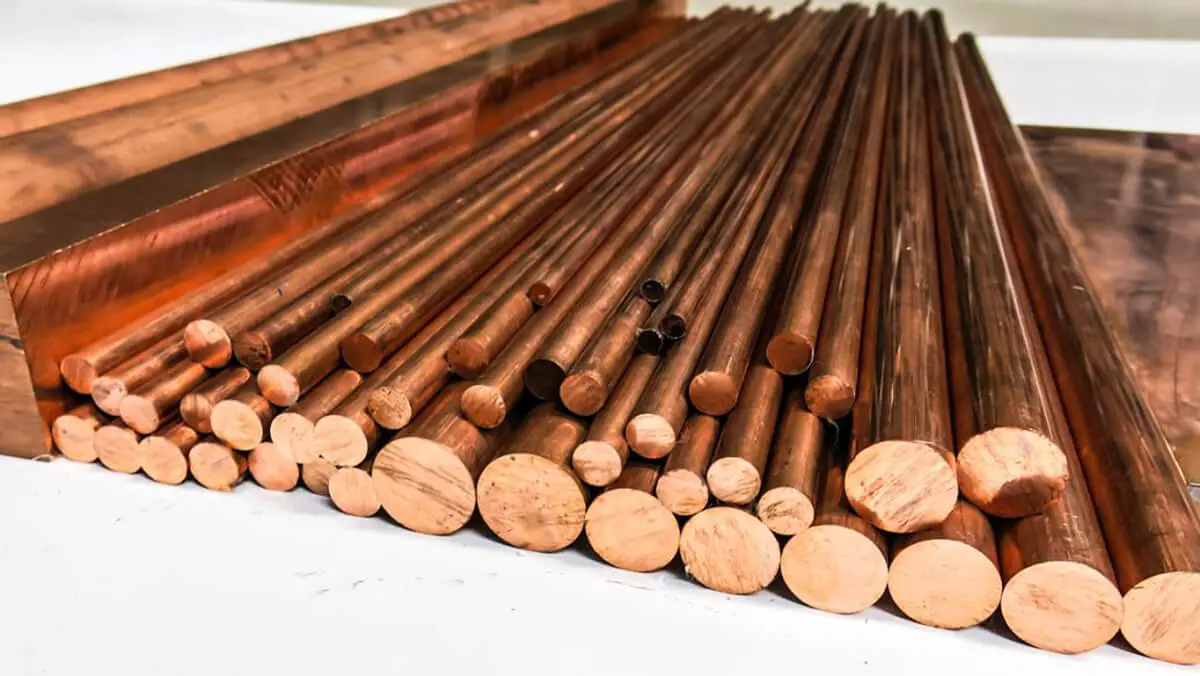
Lead Brass
Lead is almost insoluble in brass and is found on grain boundaries as free particles. There are two types of lead brass: α and (α+β). α lead brass can only be cold-formed or hot-extruded due to its negative impact and low plasticity at high temperatures. (α+β) lead brass has good plasticity at high temperatures and can be forged.
Tin Brass
Adding tin to brass significantly improves the alloy’s heat resistance, especially its resistance to seawater corrosion. This is why tin brass is known as “naval brass”. Tin dissolves into the copper-based solid solution and enhances its strength.
However, as the tin content increases, the brittle r phase (CuZnSn compound) will appear in the alloy, which hinders its plastic deformation. The tin content in tin brass is typically within the range of 0.5% to 1.5%.
Common tin brass includes HSn70-1, HSn62-1, HSn60-1, etc. HSn70-1 is a high-plasticity alloy and can be used for cold and hot pressing, while the latter two grades of alloys have an α (α+β) two-phase structure, with a small amount of r phase often present. They have low plasticity at room temperature and can only be deformed in the hot state.
Manganese Brass
Manganese has a higher solubility in solid brass. Adding 1% to 4% manganese to brass greatly improves the strength and corrosion resistance of the alloy without reducing its plasticity. Manganese brass has a (α+β) structure, and HMn58-2 is commonly used, with good cold and hot pressure workability.
Iron Brass
In iron yellow copper, iron precipitates as iron-rich particles, which serve as crystal nuclei to refine the grains and prevent recrystallized grains from growing, improving the mechanical and technological properties of the alloy. The iron content in iron brass is usually less than 1.5%, and it has a (α+β) structure. It has high strength and toughness and good plasticity at high temperatures and can also be deformed at cold temperatures. The commonly used brand is Hfe59-1-1.
Nickel Brass
Nickel and copper form a continuous solid solution, significantly expanding the α-phase region. Adding nickel to brass greatly improves its corrosion resistance in both the atmosphere and seawater.
Nickel also increases the recrystallization temperature of brass and promotes the formation of finer grains. HNi65-5 nickel brass has a single-phase α structure and has good plasticity at room temperature and can also be deformed in the hot state.
However, the content of lead impurities must be strictly controlled, otherwise the hot workability of the alloy will be severely impacted.
Purity Measurement
To determine the purity of brass, the Archimedes principle can be utilized to measure the volume and mass of the sample, after which the proportion of copper in brass can be calculated based on the density of copper and zinc.
Common Brass
Common brass is an alloy of copper and zinc. When the zinc content is less than 35%, it can dissolve in copper to form a single-phase α structure, which is known as single-phase brass. This structure has good plasticity and is ideal for cold and hot pressing.
When the zinc content ranges from 36% to 46%, there is a single-phase α and a copper-zinc-based β solid solution, which is known as two-phase brass. The β phase reduces the plasticity of brass and increases its tensile strength, making it only suitable for hot pressure processing. If the zinc content continues to increase, the tensile strength will decrease, making it useless.
The code for brass is represented by “H+number,” where “H” stands for brass and the “number” represents the mass fraction of copper. For instance, H68 represents brass with 68% copper and 32% zinc content.
For cast brass, the letter “Z” is added before the code, such as ZH62. For example, ZCuZnZn38 represents a cast brass with a zinc content of 38% and the rest being copper.
H90 and H80 are single-phase brass and have a golden yellow color. H59 is two-phase brass and is widely used in electrical appliance structural parts, such as bolts, nuts, washers, and springs. Typically, single-phase brass is used for cold deformation processing, while two-phase brass is used for hot deformation processing.
Special Brass
An alloy formed by adding other elements to ordinary brass is known as special brass. Commonly added elements include lead, tin, and aluminum, which are referred to as lead brass, tin brass, and aluminum brass, respectively. The purpose of adding these elements is mainly to improve the tensile strength and processability of the brass.
The code for special brass is represented as “H+symbol of main added element (excluding zinc)+mass fraction of copper+mass fraction of main added element+mass fraction of other elements”. For example, HPb59-1 indicates that the mass fraction of copper is 59%, the mass fraction of lead (the main added element) is 1%, and the rest is zinc.
The hot working temperature range is from 750 to 830 degrees Celsius. The annealing temperature range is from 520 to 650 degrees Celsius, and the low temperature annealing temperature for relieving internal stress is from 260 to 270 degrees Celsius.
Environmentally friendly brass C26000 (C2600) has excellent plasticity, high strength, good machinability, good welding properties, and strong corrosion resistance. It is widely used in heat exchangers, paper pipes, machinery, and electronic parts.
The specifications of the brass include thickness ranging from 0.01 to 2.0mm and width ranging from 2 to 600mm. The hardness of the brass can be O, 1/2H, 3/4H, H, EH, SH, etc. The applicable standards for the brass include GB, JIS, DIN, ASTM, and EN.
The brass has excellent cutting performance and is suitable for processing high-precision parts using automatic lathes and CNC lathes.

